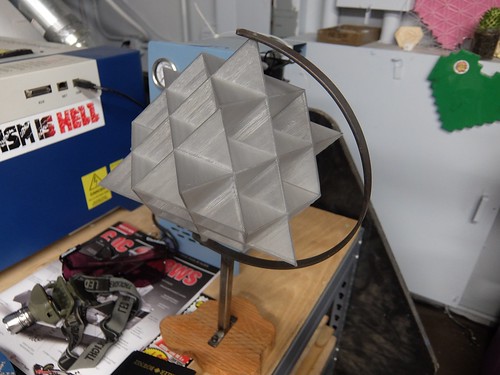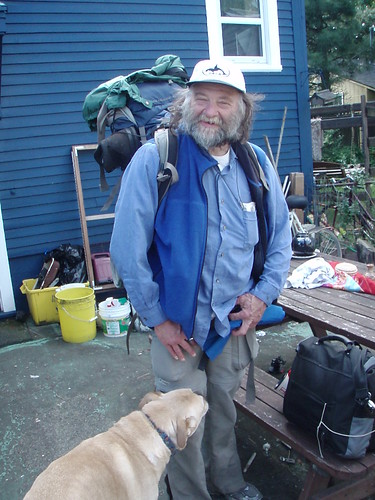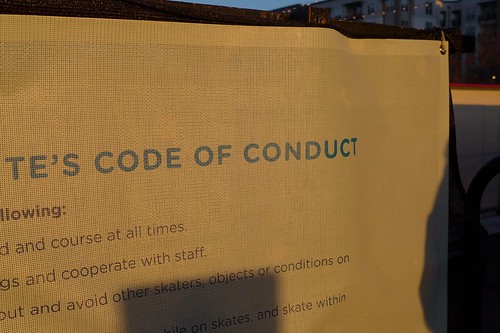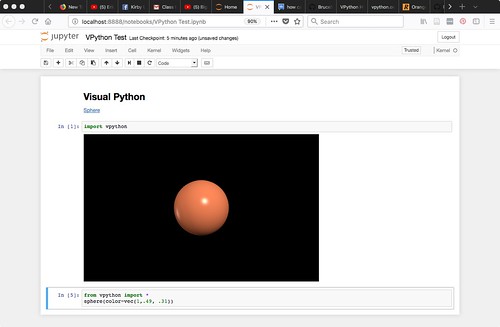The world has lots of plastic junk already, and what with 3D printers now widely affordable, a different way to shape the plastic, we have a tsunami on our hands. Recyclable plastic, actively reused in the space of an average human lifetime, might be a goal.
I'm back to those
A & B modules again, so-named in
Synergetics, which aims to capitalize on a Unit Volume Tetrahedron (UVM) in a corner (remote) of Universe somewhere. A rebel planet. However in a Diverse Universe (DU), we can afford renegades and mavericks, some of which become tourist destinations. Rebels needn't be averse to tourism as such voluntary traffic gives more vectors for disseminating a more sympathetic version of history throughout the galaxy.
Then we have the two flavors of E module. I put it that way because whereas A & B are equi-volumed but differently shaped, the T & E have all the same angles and differ only in surface-to-volume ratio. The E-mod is phi-down from E3, i.e. 1/120th of the RT3 (another name for "SuperRT"), the rhombic triacontahedron embedding the edge-2R (1D) icosa of volume ~18.51, and its edges crisscrossing dual Pentagonal Dodecahedron (the two five-fold symmetric Platonics).
RT = Icosa + Icosa.dual(), where the dualing method sizes to cross edges by default, and the plus operation has been overloaded to mean combining two polyhedrons into one, a visually pleasing special effect. Cube = Tetra + Tetra.dual(). RD = Octa + Octa.dual(), where RD is the
Rhombic Dodecahedron, not a Platonic, but a space-filler nonetheless (and
a Kepler favorite). Its dual is the CO (cuboctahedron).
Finally, bridging the volume 4 Octahedron (1D edges) and inscribed Icosahedron (two S-factor applications up from the relatively askew Cuboctahedron of volume 2.5, faces flush), are the
24 S-modules, with a strong relationship to the E. S:E :: VE:Icosa in volumetric terms, where VE labels the canonical CO of volume 20, edges 2R. That's
the S-factor of about ~1.08. We also have S3 (about ~1.066), the constant by which we do IVM:XYZ volume conversions, but also: VE * S3 = RT3 (in terms of volume).
Getting 3D printed, face-gluable A, B, T, E and S modules, and phi-sizes thereof, is a supply chain issue. Just In Time principles apply, i.e. why generate more than we need just to build inventory? Have the specific use case already planned for and scheduled. I'm thinking of my Saturday Academy class. Others have their other scenarios to plan for. A lot of us have access to
workspaces like Hedron, which specialize in custom order manufacturing.
Finally, AAB = Mite, or Minimum Tetrahedron. I already have a
Pergamon Press bag full of these guys, a souvenir from a
First International Conference on Fullerenes in Santa Barbara (1993). I met Harold Kroto there and corresponded with him
a bit much later. I'd rented a convertible. Nick Consoletti rode south with me part of the way. I drove a German guy around, his first time in North America as I recall. I'll link to
another blog entry mentioning that adventure. Ed Applewhite and Terry Bristol both had roles in helping me pull that one off.







